
PLACES
01-02-2023 by Leni Frau

Lake Turkana, formerly Lake Rudolf, is a paradise apart, something so unique in the world that for many who have visited it it is as if it belonged to another planet.
The lunar desert savannah, the colors of water, sky and shores, the sudden mountains and rare oases, the people and their ancestral customs-everything is still and shrouded in a sacredness that makes the landscape spectacular and attractive. It is easy to fall in love with the blue-green waters of the world's largest permanent desert lake, where at least 12,000 crocodiles, the largest concentration of the Nilotic specimen in the world, have lived for 130 million years in their ideal breeding grounds.
Then there are the islands, which are a fairy tale within a fairy tale.
Starting with Central Island, the "land of smoke and fire" according to the locals, also known as "Crocodile Island." It is a volcanic island located right in the middle of the big lake and protected by "Central Island National Park" under the protection of the Kenya Wildlife Service.
It consists of more than a dozen craters and cones, three of which are filled with small lakes. There are three main ones: Crocodile Lake, Flamingo Lake and Tilapia Lake.
The two largest lakes partially fill the craters up to a kilometer wide and about 80 m deep and have their bottoms at a depth close to sea level. The highest point on the island, consisting mostly of basalt rocks, exceeds five hundred meters, about 190 m above the lake surface. A chain of small craters cuts across the eastern side of the island. Several tiny islands to the southeast partially represent the edges of a submerged crater, and other lava cones and outcrops lie below the lake surface near the island.
The formation of Central Island can be traced back to the Holocene (Quaternary geological period). Fumarolic activity is concentrated along the northeast to southeast rim of the central crater, and intense molten sulfur emissions and vapor clouds are visible from the mainland. There is a campground on the island where visitors can enjoy the wonderfully eerie view of the lake's bright waters lapping a black lava beach. The spectacle is amplified at sunset and in the evening, when the moon rises above the black craters from which thin smoke emerges, creating a unique halo of magic.
Even more magical is South Island, in fact called "Mystery Island" and the inspiration for numerous legends and tales of evil spirits and ghosts.
The island, 12 kilometers long and 5 kilometers wide, is also known as "Hohnel Island" in honor of the first European to visit the lake, Austrian explorer Ludwig Ritter von Höhnel who, during an expedition financed by Prince Rudolf, discovered Turkana and gave it the royal name. The island is volcanic in origin and consists of a central ridge of cinder cones, some of which exceed 300 meters in height, while the entire volcanic body reaches 430 meters. South Island is also part of the national park of the same name.
Finally North Island, is a volcanic island consisting of a collection of several tuff cones located in the northern part of Lake Turkana. The island is 2 km in diameter and rises up to 220 m above the lake level. It was formed more than 3 million years ago and is almost entirely composed of lava rocks, with frequent geothermal activity. The center of the island consists of tuff rings. In the southern part there are hot springs, steam vents, fumaroles and solfataras. In addition to crocodiles, the islands are home to hippos, flamingos, as well as 350 known species of birds, including birds of prey, especially red kites. There are also 60 species of fish; the presence of pufferfish, which live almost exclusively in marine waters, indicate Turkana's prehistoric connection to the Red Sea.
Turkana is home to some of the world's most venomous reptiles, including the saw-scaled viper, night adder, and cobra.
The temperature in Turkana is expected to be scorching hot and dry from December-March, while June and July are the coolest months. Very strong winds blow from May to September both in the morning and evening. Rainfall is less than 250 mm per year, and in some places it has not rained for several seasons. Vegetation is sparse, but some sheltered areas are invaded by grass and shrubs for a short period each year.
Getting there.
By air: Access to Lake Turkana is usually by air, and there are two airstrips near Loiyangalani
By road: The lake can be reached in three days by car from Nairobi via Marsabit and North Horr, or Maralal and South Horr.
Alternatively, one can drive from Nairobi to Kalokol, on the western shore of the lake, via Kitale and Lodwar.
Boat rental services are available from Kalokol to Central Island.
Park prices for nonresidents are $22 adults and $13 children, for residents Kes. 300 (Kes. 125 children)
SAFARI
by redazione
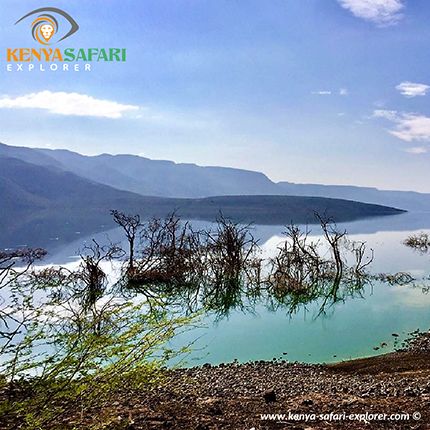
In Kenya there are those who like to go beyond the traditional safari and has the passion, enthusiasm and expertise to offer surprising variations on the theme and unusual destinations all living.
The creative and professional guides of Kenya Safari...
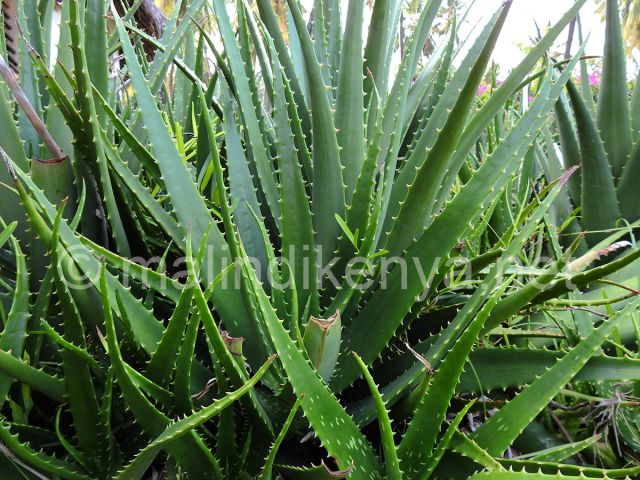
The semi-arid and troubled Kenyan region of Turkana could provide a livelihood for its communities by...
SAFARI
by redazione

When we say that Kenya is one of the symbolic and iconic countries of Africa because it has...
PARKS AND RESERVES
by Leni Frau
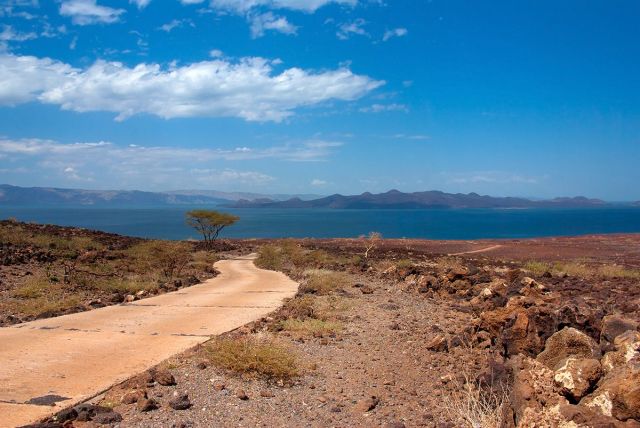
In 1972, the Kenyan Government declared the area east of Lake Turkana, between the Tulor Bor...
ENVIRONMENT
by redazione

In this period of other priorities or presumed priorities, there are environmental situations in...
PLACES
by Leni Frau
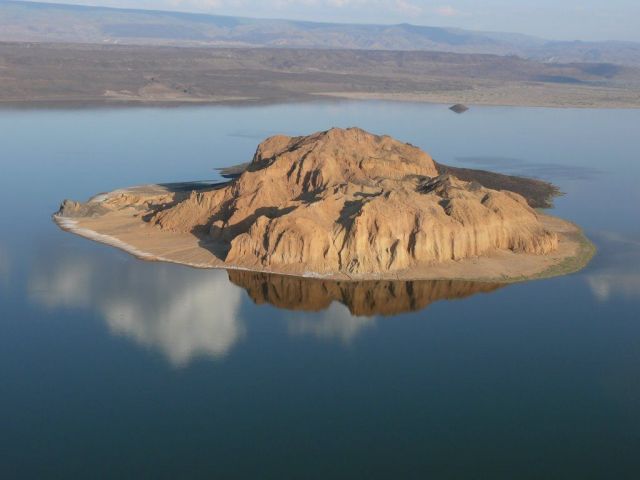
In the north of Kenya you will find gems of incredible beauty that appear like oasis in the midst...
TURISMO
by redazione

Kenya make it again!
Once again this year, after winning last year's coveted prize, in addition to 2013 and 2015, Kenya won the Golden Palm as the world's best safari destination and best African beach destination at the World Travel...
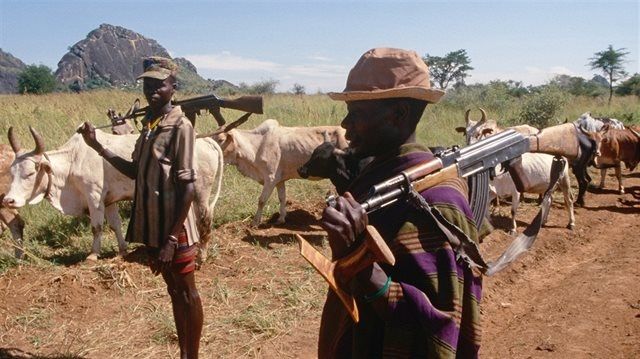
National security priority, this is the mantra of Kenya's President William Ruto, who on Sunday, during a speech...
PARTNERS
by redazione
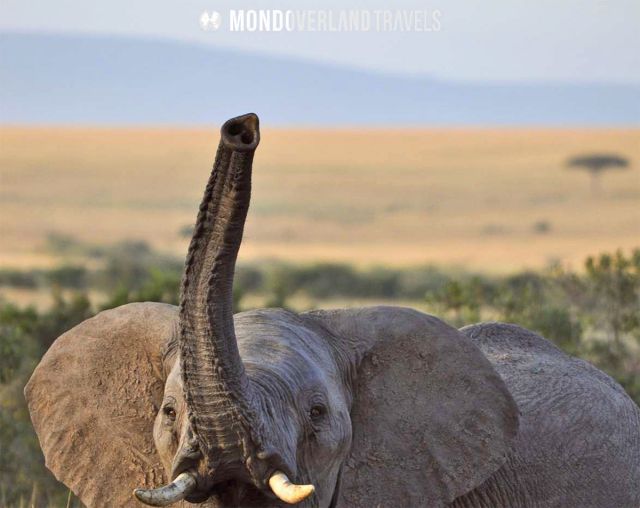
Those who have been reading us and following our activities for a long time, know how much we love and...
FREDDIE'S CORNER
by Freddie del Curatolo

If you were to take a trip to Kenya, you might find yourself in the presence of Kilimanjaro, the...